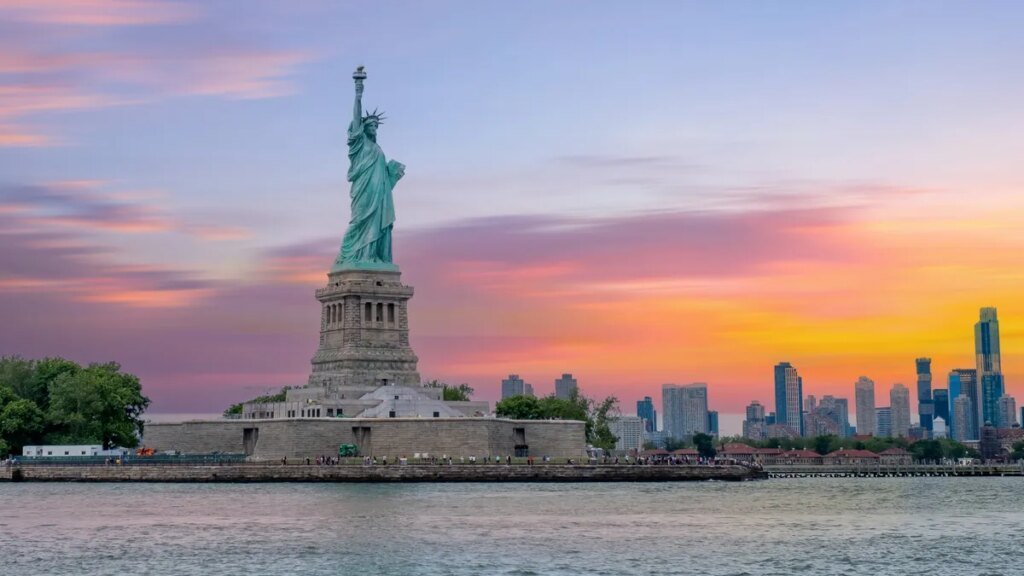Some parks and sites managed by the National Park Service (NPS) will remain accessible during the ongoing government shutdown, utilizing previously collected entrance fees and voluntary donations to sustain operations. The Department of the Interior has confirmed that while many facilities will stay open, some will depend on community contributions to maintain services.
The financial impact of national parks is significant, generating billions for local economies and creating hundreds of thousands of jobs. According to the National Parks Conservation Association, the potential closure of parks could jeopardize these economic benefits.
Tour operators specializing in national park itineraries report minimal disruptions, ensuring visitors can still enjoy natural attractions. The Great Smoky Mountains National Park, the most visited park in the United States, has resumed full operations, thanks to a coalition of funding from Sevier County, the state of Tennessee, the Tennessee Department of Tourist Development, Friends of the Smokies, and the Eastern Band of Cherokee Indians. In 2022, visitors to this park contributed a remarkable $2.1 billion to local economies.
Facilities that had been temporarily closed, including visitor centers and picnic areas, are now welcome back. Local and state partners will fund park operations at a cost of approximately $61,703.18 per day. The park’s visitors injected $3.1 billion into the state’s economy last year alone, underscoring its vast economic importance.
In Utah, five national parks—including Zion, Bryce Canyon, Capitol Reef, Arches, and Canyonlands—as well as Cedar Breaks National Monument will remain open due to financial support from the Governor’s Office of Economic Opportunity. These parks similarly contributed about $3.1 billion to Utah’s economy last year.
In Colorado, national parks will continue to operate until previously collected entrance fees are depleted, although certain physical structures may remain closed during this period.
Conversely, White Sands National Park in New Mexico is currently closed indefinitely. This park alone generated $53.4 million for the local economy in the previous year, emphasizing its critical role in supporting regional financial health.
While parks like Acadia in Maine and the Grand Canyon are operational, they are unable to collect entrance fees due to insufficient staffing. Visitors are encouraged to donate to support ongoing park activities, as reduced revenue from entrance fees could threaten future operational budgets.
The Statue of Liberty and Ellis Island remain accessible, funded notably by previous allocations from the Trump administration. New York Governor Kathy Hochul’s decision not to provide state funding for the Statue of Liberty did not hinder public access.
In addition, the Blue Ridge Parkway Foundation has committed to supporting three visitor centers in North Carolina and Virginia during a peak season known for its stunning autumn leaves. This funding ensures that tourists can continue to experience one of the most scenic drives in America during a popular time for visitation.
In conclusion, while some national parks face challenges during the government shutdown, many are securing necessary funds to remain open. The ongoing economic contributions from visitors are vital to sustaining both the parks and the surrounding communities that thrive on their existence.



